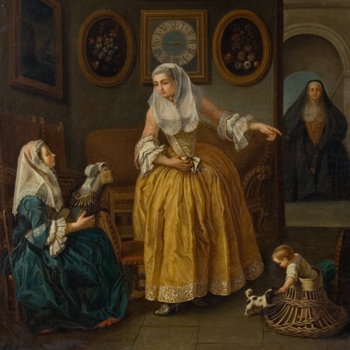Great Siege Map
Produced in Venice by Giovanni Francesco Camocio, this is one of four maps that represents the final phases of the Great Siege of Malta in 1565.
This map, the third state, represents the arrival in September 1565 of the Gran Soccorso which consisted of the Catholic Armada. This was the turning point leading to the surrender of the Ottoman Turks to the Order of St John. These maps quickly spread the news of the goings-on of the Siege. They were derived from illustrated war reports sent from Malta.
The first, third and fourth states of the Great Siege map series form part of MUŻA’s Cartographic Collection, while the second state belongs to the Map Collection of the Faculty of Science at Charles University in Prague, Czech Republic.
These two institutions collaborated to successfully include these four maps in UNESCO’s International Memory of the World Register, an honour achieved in 2017.









